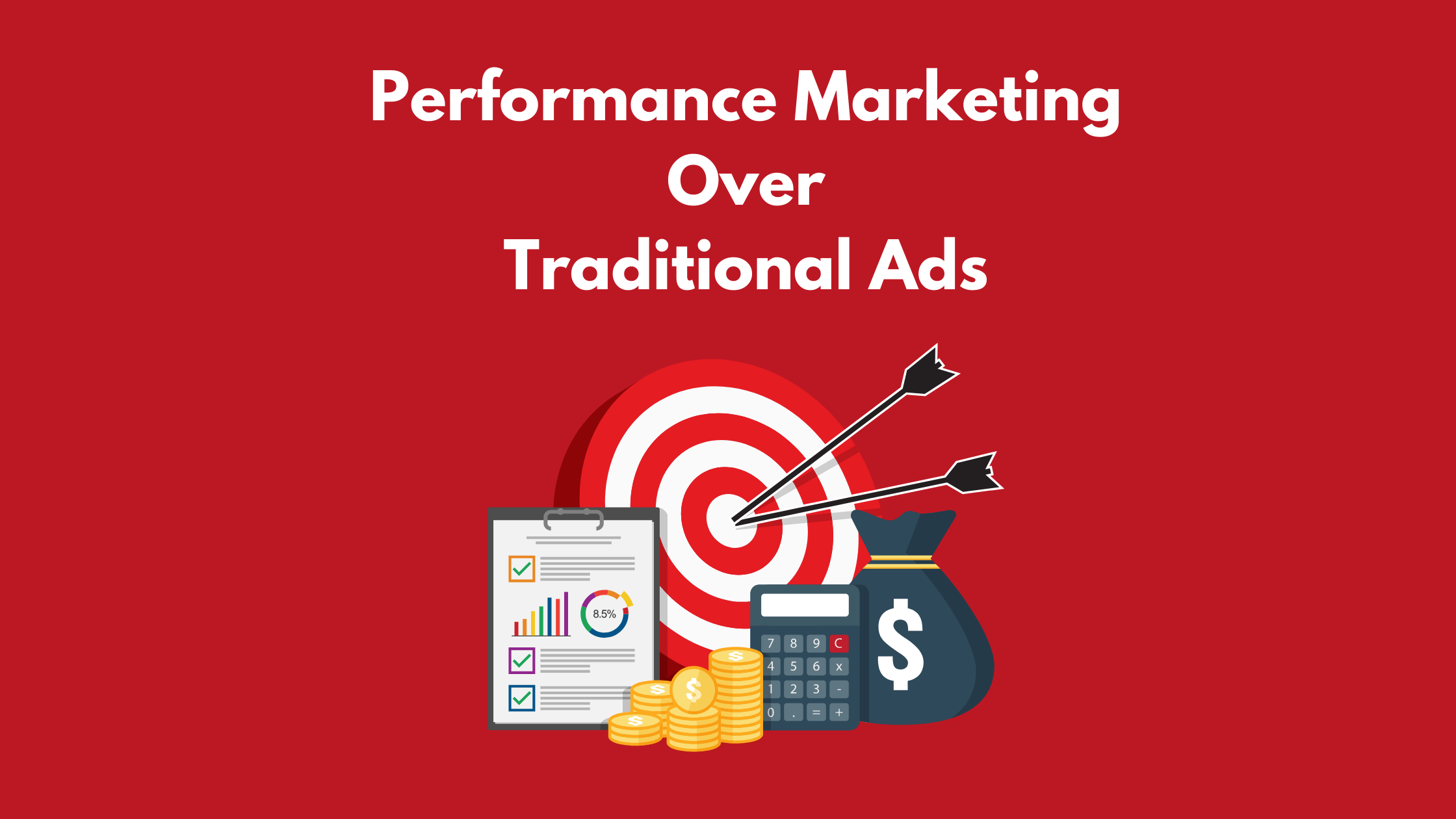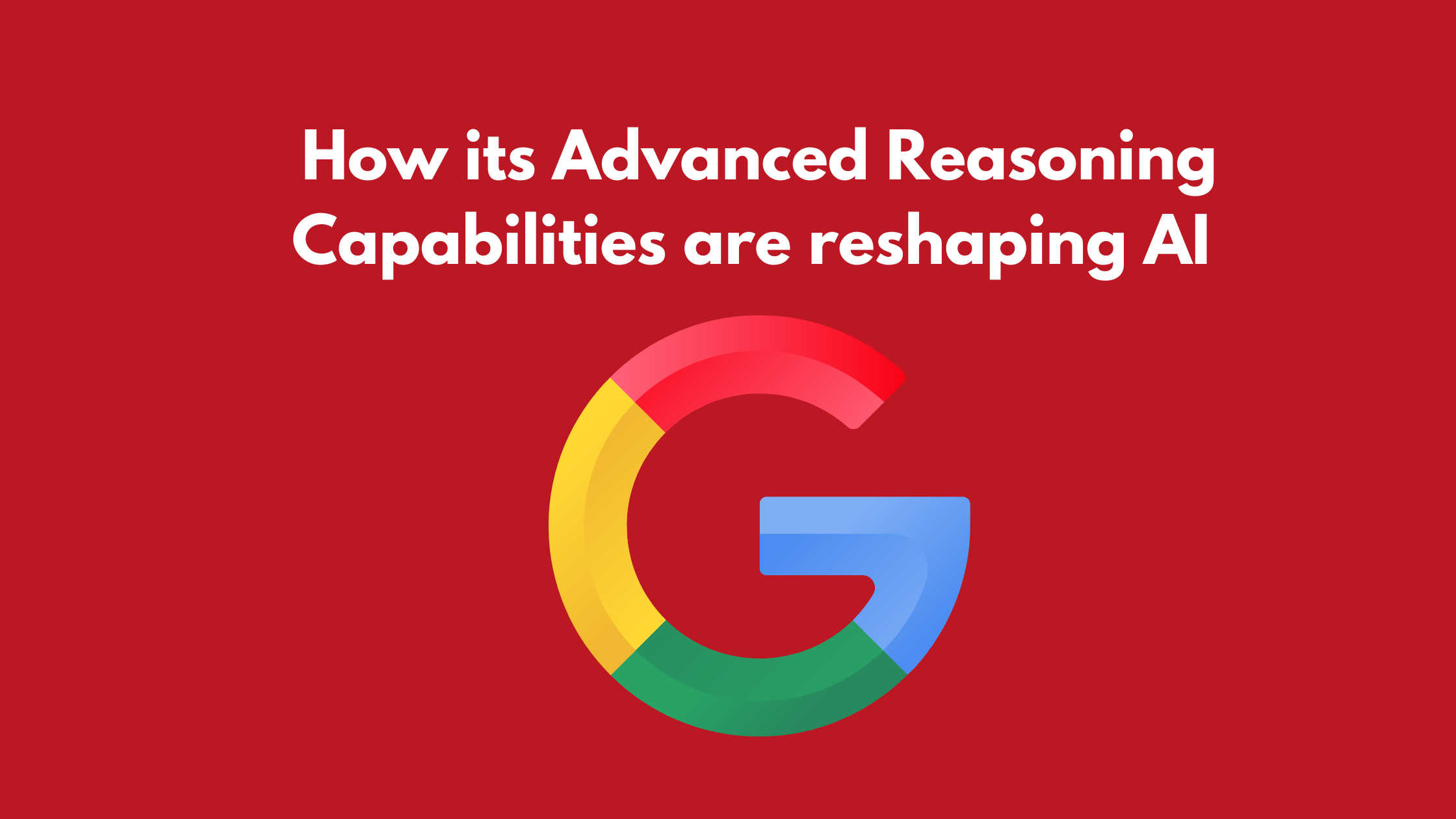
A well-designed UI (User Interface) and UX (User Experience) can make or break your website's success. A seamless, user-friendly design improves engagement, lowers bounce rates, and boosts conversions. Key practices include mobile-first design, faster loading speed, intuitive navigation, high-quality visuals, and accessible layouts. Prioritizing user behavior analysis, A/B testing, and SEO-friendly UX ensures a smooth and engaging experience for visitors. Invest in UI/UX optimization today to create a website that not only looks great but also drives results!
Table of Contents
- Introduction: Why UI/UX Design Matters
- What is UI/UX Design? Understanding the Difference
- Key UI/UX Best Practices to Improve Website Performance
- ✅ Mobile-First Design for Better Accessibility
- ✅ Faster Loading Speed & Performance Optimization
- ✅ Clear Navigation & Intuitive Layout
- ✅ High-Quality Visuals & Readable Typography
- ✅ Engaging Call-to-Actions (CTAs) for Better Conversions
- ✅ Accessibility & Inclusive Design
- Common UI/UX Mistakes to Avoid
- UI/UX Testing & Optimization Strategies
- Conclusion: Why Investing in UI/UX Pays Off
1. Introduction: Why UI/UX Design Matters
Did you know that 75% of users judge a website's credibility based on its design? A poor user experience can lead to high bounce rates, lower conversions, and lost revenue. That's why optimizing your website's UI (User Interface) and UX (User Experience) is critical for improving engagement and boosting business success.
2. What is UI/UX Design? Understanding the Difference
✔ User Interface (UI):
UI is concerned with the appearance and overall look of your website, such as buttons, font types, color palettes, and layout designs.
✔ User Experience (UX):
UX involves the end-to-end experience a user gets from interacting with a website—making it easy to navigate, run smoothly, and interact without any problems.
Key takeaway: A good-looking website (UI) is of no use without a good user experience (UX).
3. Key UI/UX Best Practices to Enhance Website Performance
✅ Mobile-First Design for Enhanced Accessibility
With more than 60% of web traffic from mobile devices, having a mobile-first design guarantees that your website appears fantastic on any screen size.
✔ Utilize responsive web design
✔ Make buttons and menus touchscreen-friendly
✔ Steer clear of pop-ups obstructing mobile views
✅ Optimized Faster Loading Speed & Performance Tuning
People expect websites to load in 2-3 seconds—anything more, and they will abandon the site.
✔ Compress images and videos
✔ Employ CDN (Content Delivery Networks)
✔ Reduce CSS, JavaScript, and HTTP requests
Bonus: Make use of Google Page Speed Insights to scan and optimize load times.
✅ Clear Navigation & Intuitive Layout
A clear and logical website enables users to easily find things.
✔ Simple menu (limit choices)
✔ Sticky navigation bar
✔ Logical flow of content (use categories and breadcrumbs)
Example: Amazon's website navigation is organized for easy product discovery.
✅ High-Quality Visuals & Readable Typography
Good visuals grab attention, while clean typography enhances readability.
✔ Use consistent fonts & spacing
✔ Stick to a color palette that matches your brand
✔ Ensure text is readable (16px+ font size)
✅ Engaging Call-to-Actions (CTAs) for Better Conversions
CTAs guide users toward key actions (signup, purchase, download).
✔ Make CTA buttons stand out (contrast colour)
✔ Use action-driven text (e.g., “Get Started for Free” instead of “Click Here”)
✔ Position CTAs strategically above the fold
✅ Inclusive Design & Accessibility
An excellent UX translates to everybody, including people with disabilities, being able to use your site.
✔ Add alt text to images
✔ Support keyboard navigation
✔ Supply captioning for video
Tip: Use WCAG (Web Content Accessibility Guidelines) for a completely inclusive website.
4. UI/UX Traps to Steer Clear Of
❌ Gaudy Design – Prevent too many buttons, pop-ups, and banners
❌ Colour Contrast Nightmare – Low legibility hurts accessibility
❌ Slow Pages & Non-Clickable Links – Irritate users and boost bounce rates
❌ Overuse of Fonts & Colour – Makes the site appear amateurish
5. UI/UX Testing & Optimization Strategies
UI/UX optimization is an ongoing task. Here's how you can test and improve:
✔ A/B Testing: Test various layouts and CTAs and find out what functions best
✔ Heatmaps & User Behaviour Analytics: Analyse interactions through tools such as Hotjar
✔ User Feedback Surveys: Gather input from real users
✔ SEO Optimization for UX: Google favours sites with great UI/UX in ranking
6. Conclusion: Why Investing in UI/UX Pays Off
An optimized UI/UX can boost user interaction, reduce bounce rates, and generate more conversions. By applying best practices, you build a smooth digital experience that brings people back for more.
Need to enhance your website's UI/UX? Reach out to Logix Hunt for professional design solutions that convert visitors into customers!
#sales# growth# trend# 2025# UI/UX# website design# website development# website servicesLogixhunt is an IT company that provides cutting-edge services in the fields of website development, software development, and mobile app development. Logixhunt is dedicated to providing quality services to our clients, and helping young college students learn the most in-demand skills in the industry. We offer 3 and 6 months internship programs to college students, so they can stay up to date with the latest trends in the field. Our experienced team of professionals is always ready to help students hone their skills and become the next generation of tech professionals.

.png)
